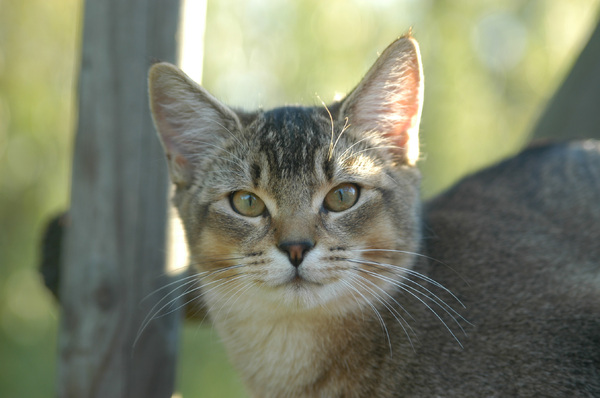
Cat litter and litter boxes play a critical role in the lives of both cats and their owners. From the modest beginnings of sand and soil to the innovative improvements these days, the world of cat litter has evolved substantially. In this comprehensive guide, we dig into every element of cat litter and litter boxes, exploring their history, types, advantages, obstacles, and whatever in between.
The history of cat litter go back centuries, with ancient civilizations utilizing sand, soil, and even ashes as primitive litter products. Nevertheless, it wasn't till the mid-20th century that modern cat litter as we know it emerged. In 1947, Edward copyright introduced the world's first commercial cat litter made from absorbent clay, transforming the way cats relieved themselves indoors. Ever since, cat litter has undergone numerous transformations, with the introduction of clumping litter, silica gel litter, biodegradable options, and more.
Today, cat owners are ruined for option when it concerns choosing the best litter for their feline companions. Traditional clay litter remains popular for its affordability and efficiency in soaking up smells. Clumping litter, which forms solid clumps when wet, simplifies cleaning and upkeep. Silica gel litter, composed of highly absorbent silica crystals, uses remarkable odor control and longevity. Biodegradable alternatives, such as recycled paper, wood pellets, corn, and wheat, attract environmentally conscious customers.
Each kind of cat litter provides unique benefits. Clay litter excels in its ability to soak up wetness and control odors, making it a reputable choice for lots of feline owners. Clumping litter simplifies daily scooping and extends the time in between complete litter changes. Silica gel litter offers exceptional smell control and can last longer between replacements. Eco-friendly litters provide a sustainable alternative that decreases ecological impact.
While cat litter boosts indoor feline hygiene, it is not without its obstacles. Dust from clay litter can present breathing dangers for both felines and people, prompting the appeal of dust-free options. Some cats might develop litter box hostility due to problems with texture, aroma, or tidiness, necessitating experimentation with various litters and box configurations. Multi-cat families may need strategic litter box positioning and frequent upkeep to prevent territorial disagreements and guarantee all felines have access to clean centers.
Choosing cat litter scooper the proper litter box is vital for promoting favorable litter box practices and overall feline well-being. Aspects to consider consist of size, ease of access, and style preferences. Covered litter boxes supply privacy and assistance contain odors, however some cats might discover them confining or frightening. Open-top litter boxes offer simple gain access to and exposure however may result in more litter scatter. Automatic self-cleaning litter boxes simplify maintenance but need routine monitoring and maintenance.
Proper litter box maintenance is vital for ensuring a tidy and welcoming environment for both cats and their owners. Daily scooping eliminates waste promptly, reducing smell and discouraging litter box aversion. Routine litter replacement, normally every 1-2 weeks, prevents bacterial buildup and keeps optimal absorbency. Extensive cat litter cleaning with mild detergent and water, avoiding harsh chemicals that might hinder cats from using the box, must be carried out monthly.
Cat litter and litter boxes play a central role in promoting a healthy and unified relationship in between felines and their human companions. With a diverse range of litter alternatives and litter box styles Self Cleaning Litter Boxes available, cat owners have the flexibility to tailor their options to match their felines' choices and household needs. By understanding the development, types, advantages, and difficulties of cat litter and litter boxes, family pet owners can supply their feline friends with a comfortable and hygienic indoor environment.